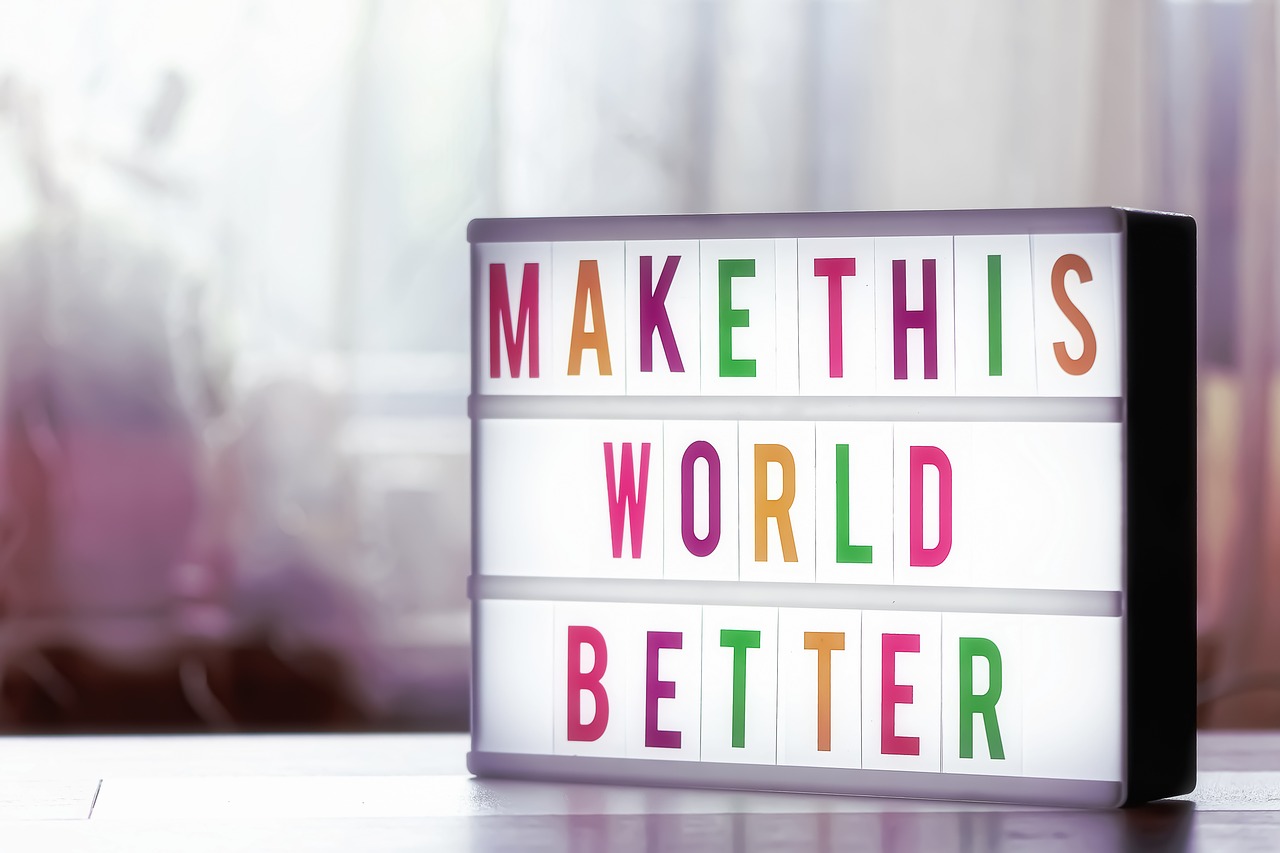How do we get people to engage with engagement? As is the case with governance, if we fail to get full engagement across everyone in our organisations then we run the risk of our sustainability efforts stumbling rather than striding. As much as we might not like to admit it, it is a fact that sustainability isn’t everyone’s cup of tea. There are still people that see sustainability as a fad, as an inconvenience, another thing to deal with on an already full workload. There are people that do care about sustainability but don’t relish the idea of
having to take on the responsibility of reporting on the business activities. And there are people that are so into it that they annoy the hell out of everyone else as they try to spread their enthusiasm for being as green as possible. It is only natural that there are a differing range of thoughts and opinions amongst our workforce.
What we advocate for are little but constant changes that take us another step along the way of our individual ESG journeys. These can be little changes in policies, procedures or strategies. But they can also be changes in mindsets and habits. If we can turn the non believers into reluctant participators, the hesitant into pro actives and be willing to listen to the message of the enthusiastic then we will all move a little further towards better sustainable practices.
We need to look at what our incentives are to be green, sometimes just because it is the right thing to do isn’t quite enough. How do we get complete buy in on this from staff? On the next page we will look at some ideas for increasing engagement that will hopefully make sustainability everyone’s cup of green tea.
Encouraging people to engage with sustainability can be challenging, but there are several effective strategies you can use. Here are some ideas to get you started:
1. Education: Educating people about the importance of sustainability and its impact on the planet is an effective way to encourage engagement. You could use online courses or webinars to achieve this but for higher impact invite someone to visit the workplace that represents an environmental charity or organisation to talk directly to staff.
2. Create incentives: Offering incentives such as gift vouchers or rewards to individuals who engage in sustainable practices can motivate them to be more environmentally conscious.
3. Make it easy: Make sustainable practices easy and accessible. Provide recycling bins in high traffic areas of the building. Start keeping track of data that needs to be reported on a regular basis to avoid lengthy delves into files and systems.
4. Lead by example: Be a role model by adopting sustainable practices in your daily life. This can inspire others to follow suit.
5. Collaborate: Partner with local organisations, community groups, and businesses to create sustainability initiatives that benefit everyone.
6. Use social media: Use social media to spread awareness about sustainability issues and to showcase your sustainable practices in action.
Today’s Takeaway; Now, Better, Best
Have a think about how your company currently promotes its sustainability commitments internally. Is the sustainability message being communicated across departments and acted upon or is the message laying in a corner gathering dust? Whatever your current situation now is the time to take a good look at how your business not only communicates it’s sustainability responsibilities externally but internally too.
In order to get people involved some people may adopt the carrot approach, incentivising employees to engage with sustainable policies. Others may choose to reach for the stick, to penalise those who do not engage. Whatever approach you feel that you would take the goal is that being engaged and compliant becomes a process and not something to be incentivised or penalised.
With the correct approach, by ensuring our internal and external messages are strong and consistent that sustainability is part of our training manuals and part of our non negotiable core values engagement will become something that is part of the culture and not something that we have coax out and nurture. When we reach this point, when our sustainability policies have become automatic processes that are done unconsciously rather than unwillingly, then we can go back to enjoying the carrots and sticks as a healthy and sustainable snack.














